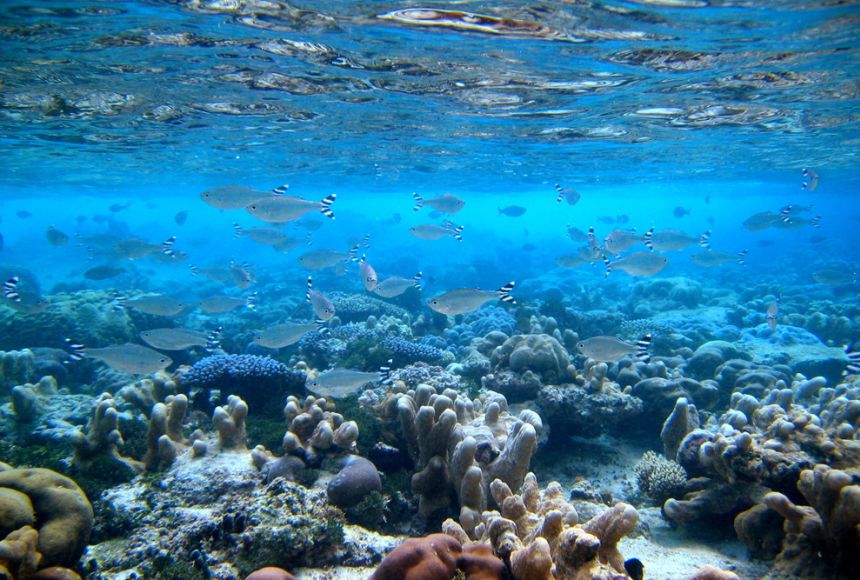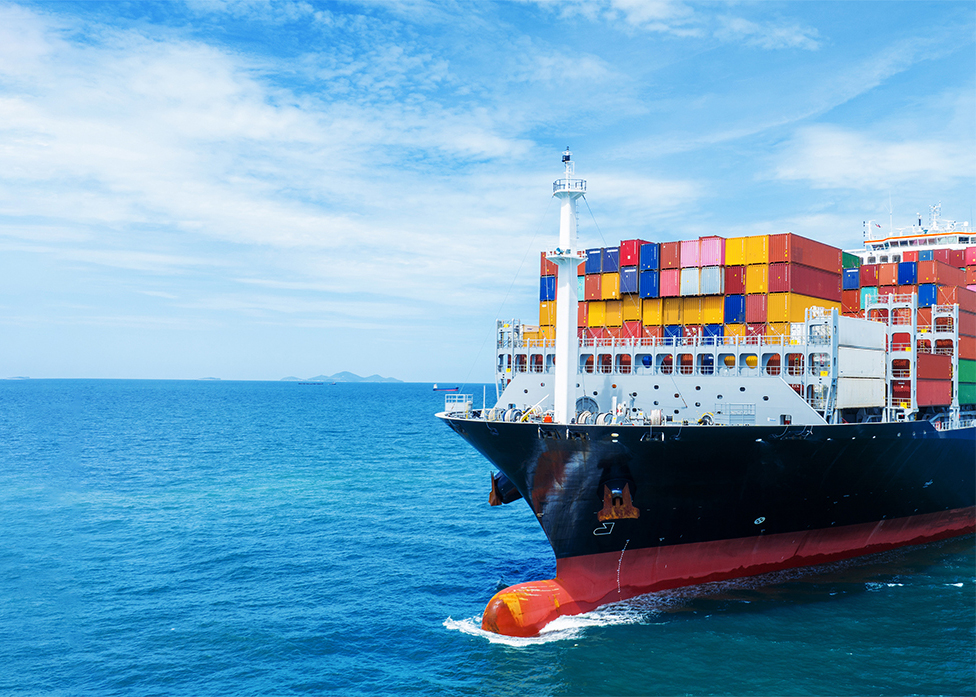New Reporting Standards in IMO-DCS: MARPOL Annex VI Revisions Explained
At the 81st session of the Marine Environment Protection Committee (MEPC 81), significant amendments were made to MARPOL Annex VI, explicitly addressing the Data Collection System (DCS) regulations. These changes introduced additional monitoring and reporting requirements for ships to enhance data accuracy and align with global decarbonization goals. Comprehensive guidance for implementing these amendments was subsequently approved during MEPC 82, with a clear timeline for enforcement.
This article provides an in-depth overview of the new reporting requirements, data collection methodologies, and implications for ship operators under the revised IMO-DCS framework.

1. Background: MARPOL Annex VI and IMO-DCS
MARPOL Annex VI is a cornerstone of the International Maritime Organization’s (IMO) efforts to reduce ships’ air pollution and greenhouse gas (GHG) emissions. The Data Collection System (DCS) under Annex VI mandates the monitoring and reporting fuel consumption data to promote transparency, improve energy efficiency, and help achieve global emission reduction targets.
The amendments introduced at MEPC 81 reflect the IMO’s commitment to refining data granularity and accuracy under the DCS framework. These changes support the shipping industry’s transition toward sustainability and decarbonization.
2. Overview of Additional Monitoring and Reporting Items
The newly introduced reporting items aim to enhance the understanding of energy usage and operational efficiency. These include:
Total Fuel Oil Consumption per Combustion System
Fuel oil consumption must now be reported separately for:
- Main Engines: Engines driving the vessel during voyages.
- Auxiliary Engines/Generators: Power generation during operations.
- Oil-Fired Boilers: Used for steam or heating purposes.
- Total Fuel Oil Consumption While the Ship is Not Under Way
Separate recording of fuel oil consumption during idle periods—such as when the ship is anchored or berthed—enables more precise emissions analysis during non-propulsion activities.
Laden Distance Travelled (Voluntary Reporting)
Operators are encouraged to report the laden distance traveled (distance covered while carrying cargo). This optional metric enhances operational efficiency analysis when paired with fuel consumption data.
Transport Work
Transport work is calculated as the product of cargo weight and distance traveled:
Transport Work=Cargo Weight×Distance
This metric supports benchmarking energy efficiency across vessels.
Total Amount of Onshore Power Supplied
Ships must document the total onshore power received while docked. This metric highlights the adoption of energy-efficient alternatives to fuel-based power generation.
Category of Innovative Energy Efficiency Technologies
Operators must report and categorize innovative technologies used to improve energy efficiency, such as:
- Renewable energy systems (e.g., wind-assisted propulsion, solar panels).
- Advanced hull coatings to reduce drag.
- Waste heat recovery systems.
3. Guidance on Data Collection Methodology
The amendments emphasize precise methodologies for collecting and reporting data. Key aspects include:
a) Annual Fuel Oil Consumption
Fuel oil consumption must include all types used on board, including main engines, auxiliary engines, gas turbines, boilers, and inert gas generators. Approved methods include:
b) Bunker Delivery Notes (BDNs):
- Calculate total consumption using BDNs and tank readings at the start and end of the reporting period.
- Account for fuel offloaded and correct discrepancies with supporting documentation. c)Flow Meters:
- Measure daily fuel consumption at key points using calibrated flow meters.
- Maintain calibration and maintenance records in the Data Collection Plan. d)Tank Monitoring:
- Perform daily tank readings during voyages and after bunkering or de-bunkering activities. e)Distance Travelled and Hours Under Way
- Record distance traveled over the ground in nautical miles as per SOLAS regulation V/28.1.
- Calculate laden distance as the distance sailed with cargo.
- Aggregate hours are underway during the ship’s propulsion. f)Onshore Power Supply
- Document the total power supplied in kilowatt-hours (kWh) from onshore sources.
- Maintain records, including bills from ports or electricity providers. g)Transport Work
- Compute transport work as the product of cargo carried, and distance sailed.
- Align metrics with ship types for standardized reporting.
4. Carbon Intensity Indicator (CII) and GHG Emission Reduction
In response to growing concerns over greenhouse gas (GHG) emissions from ships, the IMO introduced the Carbon Intensity Indicator (CII) framework, which has been gradually implemented since 1 January 2019. The CII measures a vessel’s carbon dioxide emissions relative to the work it performs, incentivizing operators to enhance their operational efficiency and reduce their environmental impact. Full implementation of the CII framework is expected by 2023, contributing to global efforts in reducing the maritime sector’s carbon footprint.
4. Objectives and Implications of the Amendments
The revised reporting requirements aim to:
- Improve Data Accuracy: Granular reporting provides a clearer picture of energy consumption patterns and emissions.
- Enhance Energy Efficiency: Identifying inefficiencies helps operators implement targeted improvements.
- Support Decarbonization Goals: Encourages the adoption of innovative technologies and cleaner energy sources.
- Enable Benchmarking and Analysis: Data on transport work, onshore power usage, and laden distances supports comparative performance analysis.
These changes necessitate enhanced monitoring, data management, and investments in advanced fuel monitoring technologies for ship operators. However, the long-term benefits include cost savings, optimized operations, and compliance with industry sustainability goals.
5. Timeline for Implementation
The approved timeline ensures a phased transition to the new reporting standards. Shipowners and operators should upgrade their systems and familiarize themselves with the requirements to comply with MARPOL Annex VI.
6. Conclusion
The amendments to MARPOL Annex VI and enhancements to the IMO-DCS framework reaffirm the IMO’s dedication to maritime sustainability and energy efficiency. By mandating detailed fuel consumption data collection, promoting innovative technologies, and encouraging the use of onshore power, these changes drive the industry toward a greener future.
Ship operators should view these new requirements as opportunities to optimize operations, reduce emissions, and actively contribute to the global decarbonization agenda.

